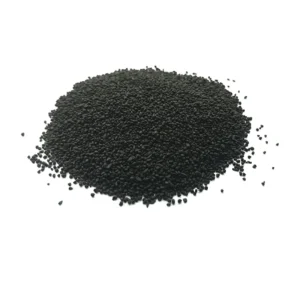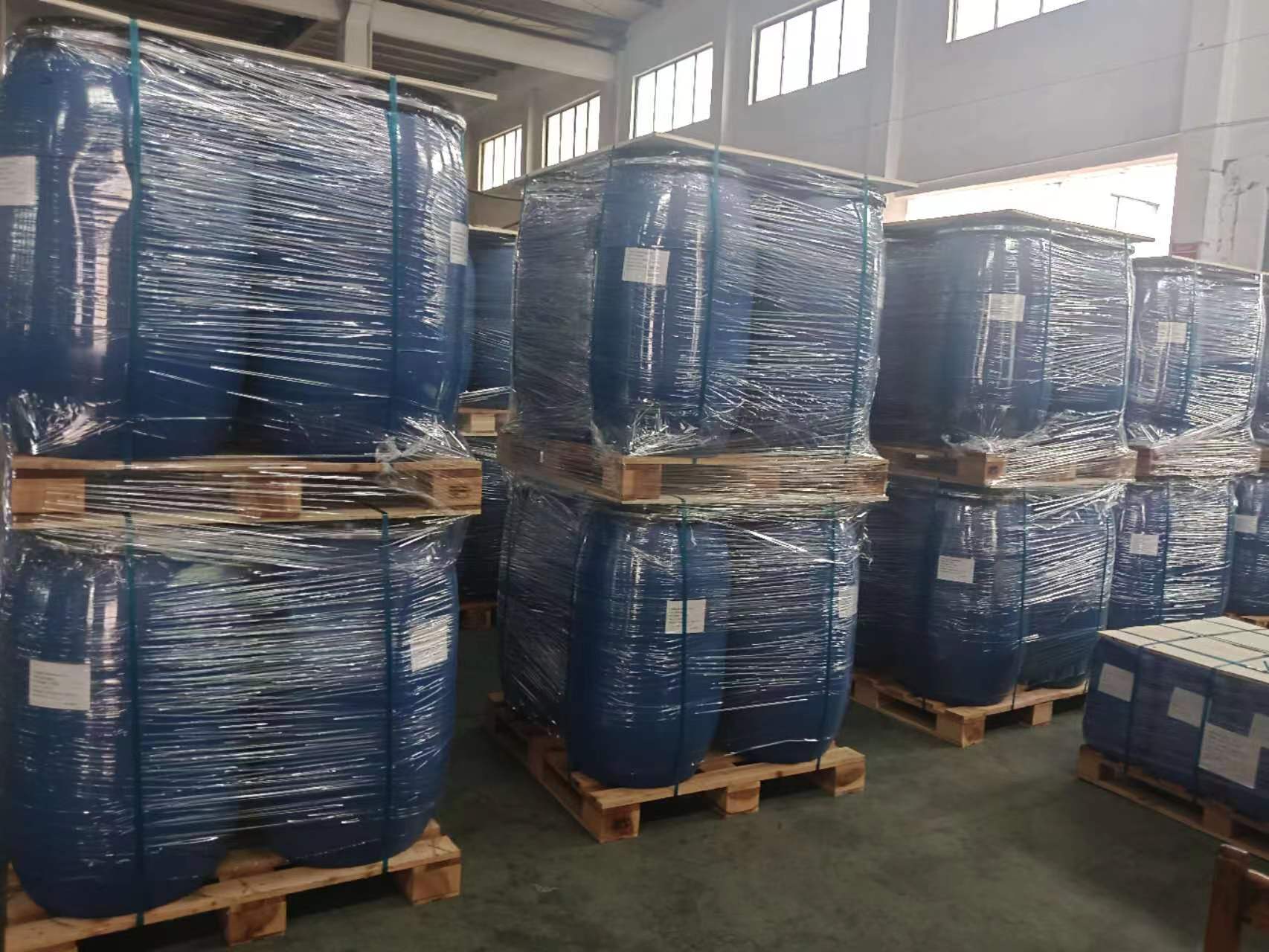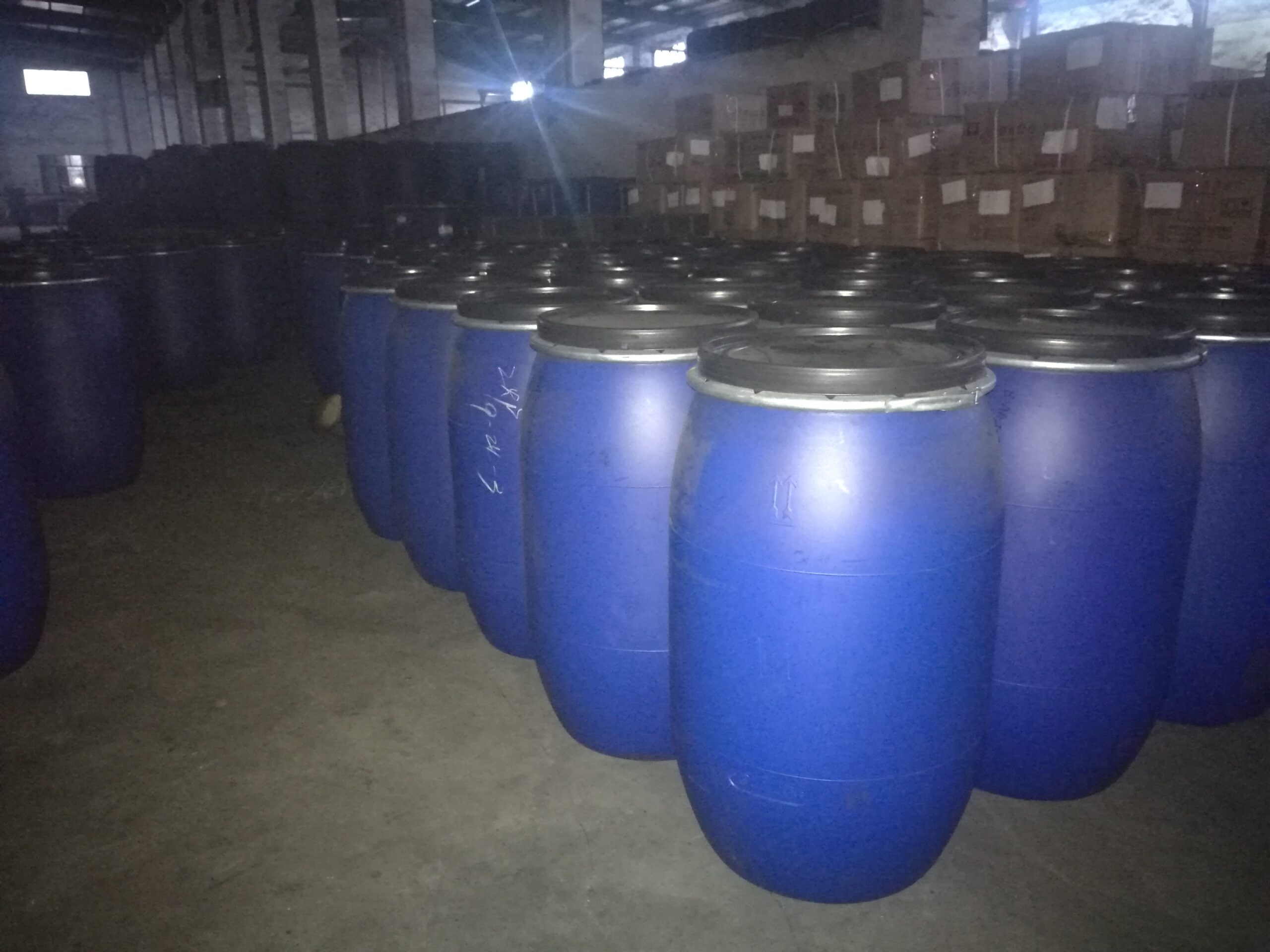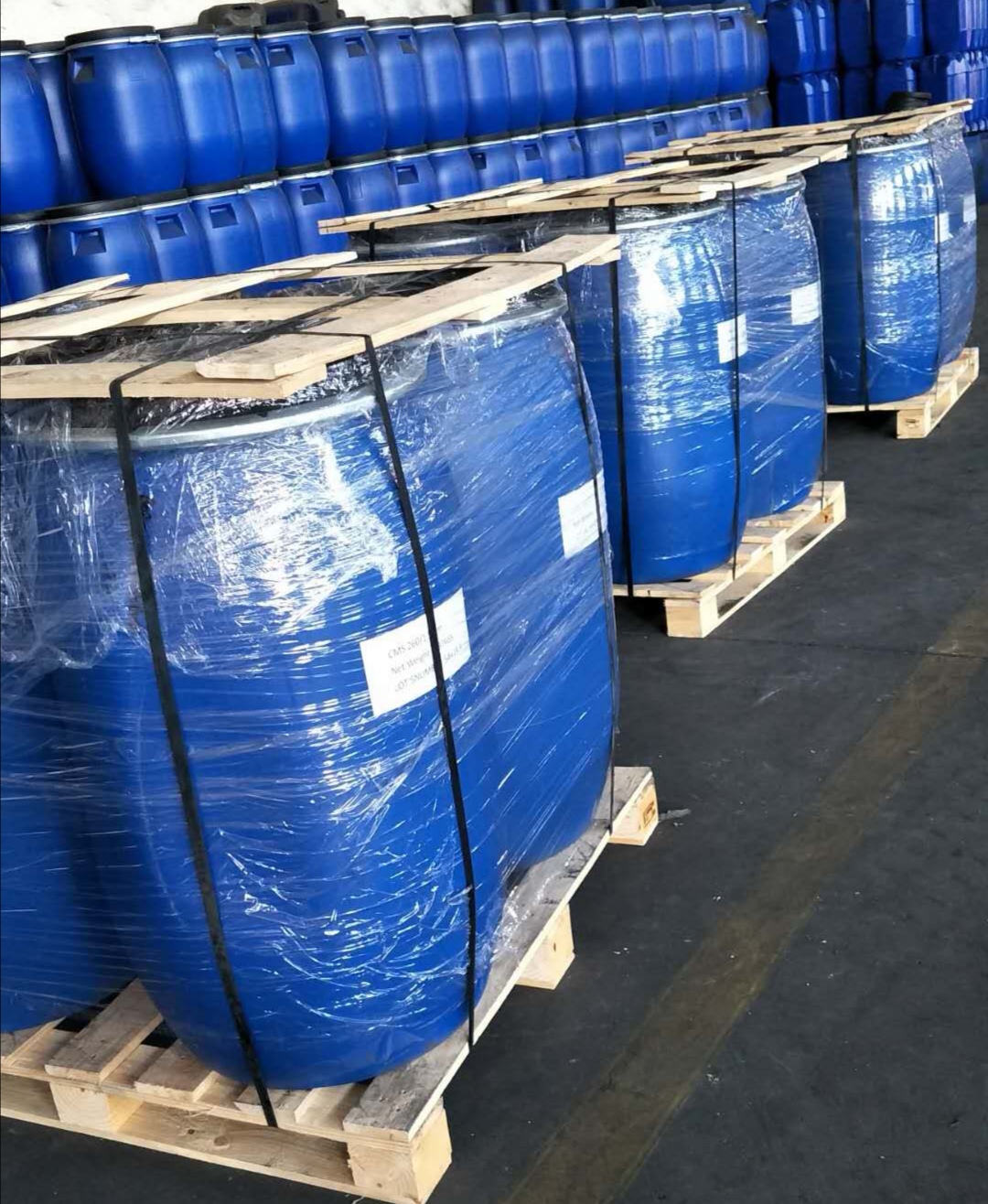How effective is the activated carbon purification of waste gas from food factories?
With the rapid development of the food industry, the problem of waste gas pollution generated during the production process has become increasingly prominent. The waste gas from food factories mainly comes from raw material processing, cooking, drying, fermentation and other processes, containing a large amount of volatile organic compounds (VOCs), oil particles, sulfides, ammonia, and other pollutants. These waste gases not only cause environmental pollution but also may affect the quality of life of surrounding residents and even pose a threat to human health.
Activated carbon adsorption technology, due to its high efficiency, economy, and ease of operation, has become an important means of waste gas treatment in food factories. This article aims to systematically analyze the purification effect of activated carbon on waste gas from food factories, explore the influencing factors, and propose optimization suggestions to provide a scientific basis for waste gas treatment in the food industry.
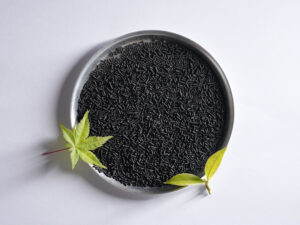
一. Principles of Activated Carbon Adsorption Technology
Activated carbon is a carbon material with a highly developed pore structure and a huge specific surface area. Its adsorption performance mainly comes from two mechanisms: physical adsorption and chemical adsorption. Physical adsorption relies on van der Waals forces to capture pollutant molecules in the waste gas in the micropores and mesopores of activated carbon; chemical adsorption is achieved through chemical reactions between the functional groups on the surface of activated carbon and pollutant molecules to achieve purification.
In the treatment of waste gas from food factories, activated carbon is particularly suitable for removing organic compounds with molecular weights between 45 and 130, which is precisely the molecular weight range of most odor substances and VOCs in food processing waste gas. The non-polar surface of activated carbon gives it a preferential adsorption for organic pollutants, while its adsorption capacity for water vapor is relatively weak. This characteristic is particularly important in the treatment of waste gas from food factories with high humidity.
二. Analysis of Characteristics of Waste Gas from Food Factories
The waste gas from food factories is complex in composition, with main pollutants including cooking fumes, alcohols, esters, organic acids produced during fermentation, and ammonia and sulfides produced by protein decomposition. These waste gases usually have the following characteristics: large concentration fluctuations, high humidity, significant temperature changes, and contain components such as oils that can easily cause the deactivation of adsorption materials.
Waste gas from different food processing procedures varies significantly. For example, the frying process mainly produces fumes and alkanes; the fermentation process mainly produces alcohols and esters; and meat processing may produce sulfur and nitrogen compounds. This diversity requires that the specific characteristics of the waste gas be considered when choosing activated carbon and treatment processes.
三. Evaluation of Purification Effect of Activated Carbon
A large amount of practical data shows that activated carbon has excellent removal effects on typical pollutants in waste gas from food factories. For non-polar VOCs such as benzene series and alkanes, the removal rate is usually over 90%; for polar compounds such as alcohols and organic acids, the removal rate is between 80% and 90%; for inorganic malodorous substances such as hydrogen sulfide and ammonia, the removal rate is about 70% to 85%.
Long-term operation data shows that under appropriate maintenance conditions, the activated carbon adsorption system can maintain a stable purification efficiency. For example, in a large food factory, after continuous operation for 6 months using activated carbon adsorption to treat frying waste gas, the removal rate of non-methane total hydrocarbons still maintained above 88%, and the odor intensity was reduced to 15% of the original.
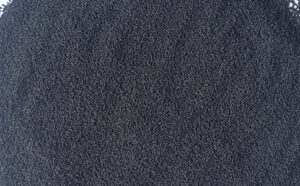
四. Key Factors Affecting Purification Effect
The type of activated carbon is the primary factor affecting the purification effect. Coconut shell activated carbon, with its highly developed micropore structure, is particularly suitable for the removal of small molecule VOCs; while coal-based activated carbon performs better in the treatment of medium molecular weight pollutants. Specific surface area, pore size distribution, and surface chemical properties jointly determine the adsorption performance of activated carbon.
Operating parameters are also crucial. The space velocity is generally controlled at 0.1-0.3 m/s, and the contact time is preferably 1-2 seconds. When the humidity of the waste gas exceeds 70%, pre-treatment should be considered; when the temperature exceeds 40°C, the adsorption efficiency will be significantly reduced. In addition, components such as oils in the waste gas that can easily cause the deactivation of activated carbon should be removed through pre-treatment.
五. Activated Carbon Regeneration and System Optimization To reduce operating costs, activated carbon regeneration technology has been widely applied. Thermal regeneration is suitable for high-concentration organic waste gas, while steam regeneration is more appropriate for treating water-soluble pollutants. Research shows that after 3 to 5 regenerations, activated carbon can still maintain 70% to 80% of its original adsorption capacity.
The directions for system optimization include: adopting multi-stage adsorption bed design to achieve stepwise removal of pollutants; developing composite activated carbon to enhance selectivity for specific pollutants; and integrating catalytic oxidation and other technologies to construct combined processes. A certain condiment factory adopted the combined process of activated carbon adsorption and photocatalytic oxidation, increasing the total VOCs removal rate from 85% with single activated carbon treatment to 98%.
Conclusion:
Activated carbon adsorption technology is an effective solution for waste gas purification in food factories, demonstrating good removal effects on typical pollutants. In practical applications, the appropriate type of activated carbon and process parameters should be selected based on the characteristics of the waste gas, and regular maintenance and regeneration should be carried out. Future research should focus on the development of high-performance activated carbon materials and the collaborative optimization with other technologies to meet increasingly strict environmental protection requirements.
Food enterprises should fully recognize the importance of waste gas treatment, choose activated carbon purification systems suitable for their own characteristics, and achieve a win-win situation of economic and environmental benefits. Government departments should also strengthen supervision and guidance to promote the overall environmental protection level of the industry.
